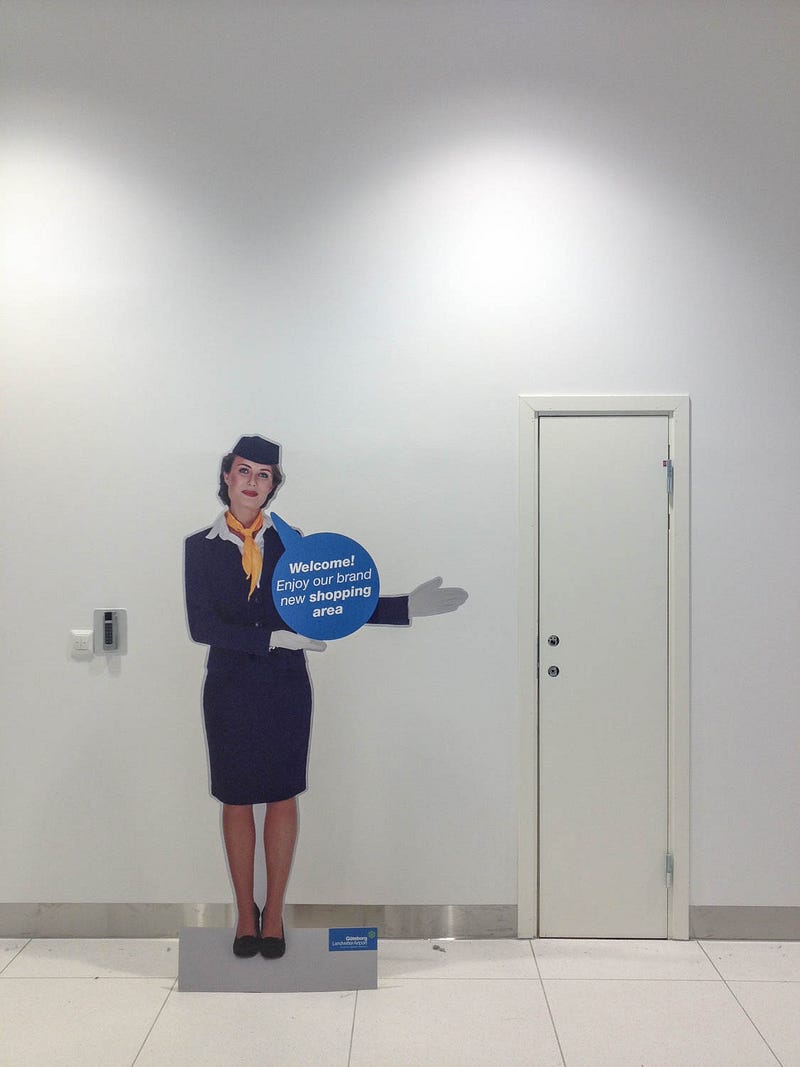
User Experiences in Non-Places
This week I wanted to pick out some (lengthy) quotes from a favourite book of mine: Marc Augé’s classic Non-Places: Introduction to an Anthropology of Supermodernity. Augé is an anthropologist who originally published the book in 1992 but it is just as pertinent now as it was then. The Guardian summarizes the book by writing
[…] Marc Augé’s book is a haunting analysis of modern life and in particular those homogenised “non-places” where we spend so much of our time: airports, railway stations, superstores, motorways and international hotel chains. Unlike conventional “anthropological places” (the symbolic site of an altar), these “spaces of circulation, consumption and communication” exist beyond history, relations and the game of identity. Yet, as Augé shows, the anodyne and anonymous solitude of these non-places offers the transitory occupant the illusion of being part of some grand global scheme: a fugitive glimpse of a utopian city-world. The forces of globalisation and urbanisation are creating ever more of these Ballardian non-places, symptoms of a Muzak-filled supermodernity in which “people are always, and never, at home”
– PD Smith, The Guardian (2009)
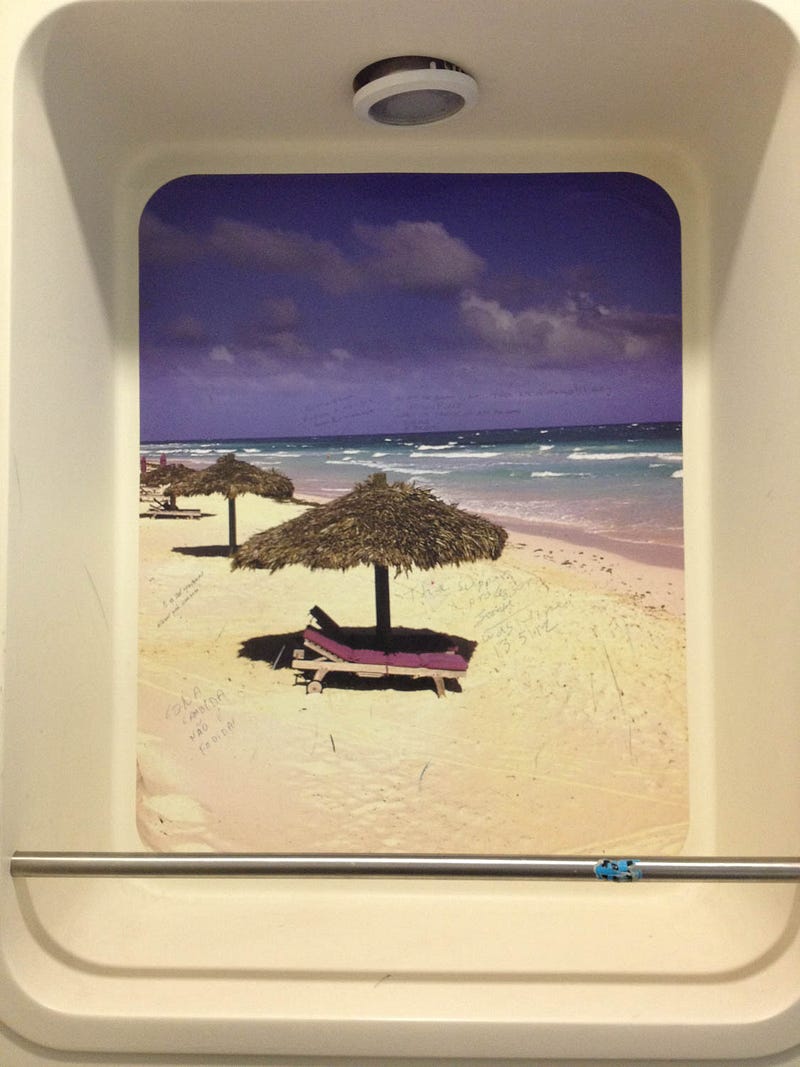
I find the quotes interesting (and illustrative of Augé’s tone and approach) as they reflect on deeper levels of text and graphics — in a wider, more experiential and political manner — than what is currently brought up in the evolving conversation concerning (especially) UX writing.
The quotes are here illustrated by photographs I have taken around the world that I believe tell something very similar. Most of the photos were taken as part of artistic research I did back in 2013–2015, surrounding “new” types of spaces that are neither landscapes (as traditionally understood) nor public cityscapes. My goal was to better understand the ongoing transitioning into a new world that is far beyond the human scale, where monumental scales and ambitions confront very human behaviors, like flocking, trends and movements. Photographically, they become manifested as ideologies and visions that are neither apocalyptic nor utopian, but instead strange, beautiful… even haunting, just like how The Guardian describes Augé’s book.
Another example of the invasion of space by text is the big supermarket. The customer wanders round in silence, reads labels, weighs fruit and vegetables on a machine that gives the price along with the weight; then hands his credit card to a young woman as silent as himself — anyway, not very chatty — who runs each article past the sensor of a decoding machine before checking the validity of the customer’s credit card. There is a more direct but even more silent dialogue between the cardholder and the cash dispenser: he inserts the card, then reads the instructions on its screen, generally encouraging in tone but sometimes including phrases (“Card faulty”, “Please withdraw your card”, “Read instructions carefully”) that call him rather sternly to order [bolding by the Medium author]. All the remarks that emanate from our roads and commercial centres, from the street-corner sites of the vanguard of the banking system (“Thank you for your custom”, “Bon voyage”, “We apologize for any inconvenience”) are addressed simultaneously and indiscriminately to each and any of us: they fabricate the “average man”, defined as the user of the road, retail or banking system [bolding by the Medium author]. They fabricate him, and may sometimes individualize him: on some roads and motorways a driver who presses on too hard is recalled to order by the sudden flashing (110! 110!) of a warning sign; at some Paris junctions, cars that jump red lights are photographed automatically. Every credit card carries an identification code enabling the dispenser to provide its holder with information at the same time as a reminder of the rules of the game: “You may withdraw 600 francs”. […] Alone, but one of many, the user of a non-place is in contractual relations with it (or with the powers that govern it). He is reminded, when necessary, that the contract exists. One element in this is the way the non-place is to be used: the ticket he has bought, the card he will have to show at the tollbooth, even the trolley he trundles round the supermarket, are all more or less clear signs of it. The contract always relates to the individual identity of the contracting part. […] So the passenger accedes to his anonymity only when he has given proof of his identity; when he has countersigned (so to speak) the contract.
– Marc Augé, Non-Places, “From Places to Non-Places” (p. 80–82)

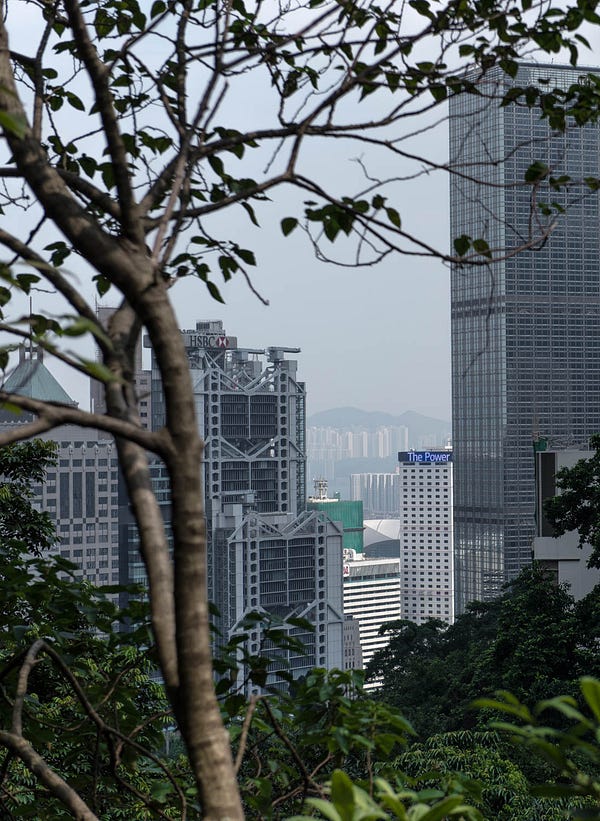
The humble text string has, by its tone of voice and communicative clarity, tremendous power–perhaps the ultimate power if one is to believe thinkers like Foucault and Althusser. Even if the technical apparatus or device might be complex the interaction model will, without a doubt, weave a net of power relationships between the user and the device’s intention (or Dasein if you’re into ontological design). At the very least, I believe it is important for us within design to remember the larger implications and contexts that our manifestations partake in and how we wish to support them.
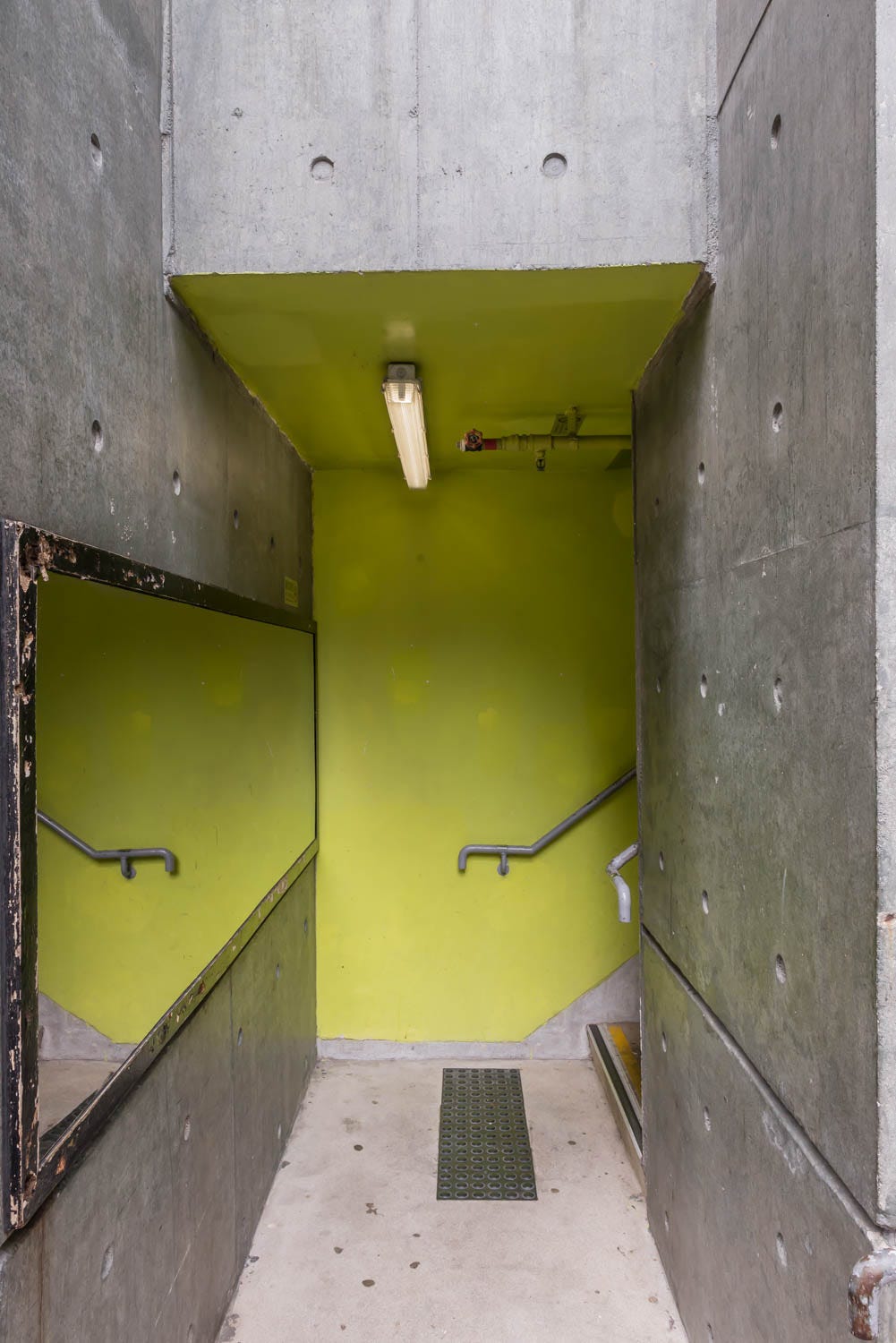
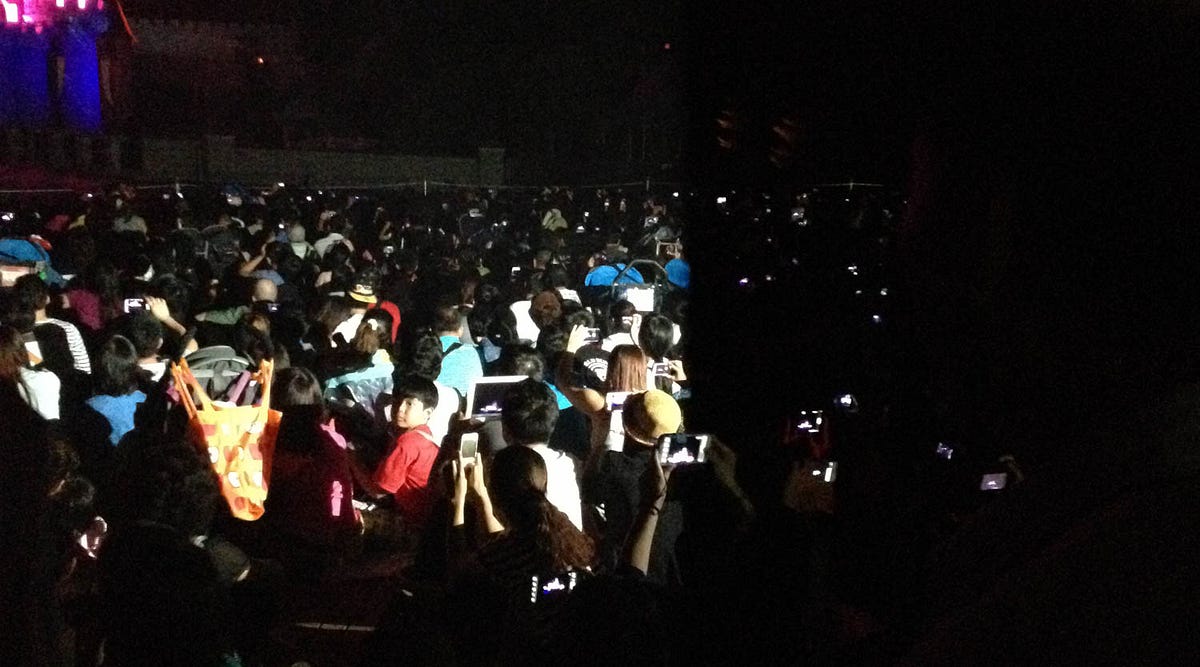
In the situation of supermodernity, part of this exterior is made of non-places, and parts of the non-places are made of images. Frequentation of non-places today provides an experience — without real historical precendent — of solitary individuality combined with non-human mediation (all it takes is a notice of a screen) between the individual and the public authority. […] The community of human destinies is experienced in the anonymity of non-place, and in solitude. So there will soon be a need — perhaps there already is a need — for something that may seem a contradiction in terms: an ethnology of solitude.
– Marc Augé, Non-Places, “Epilogue” (p. 96–98)

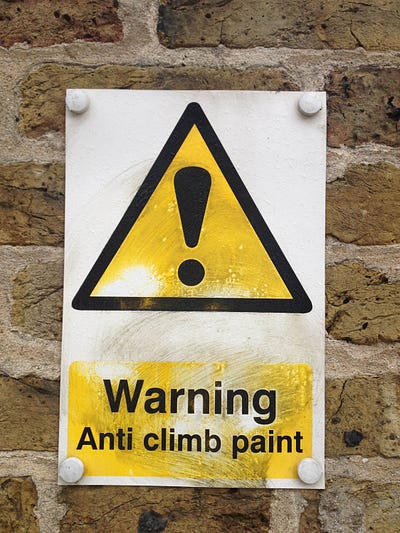
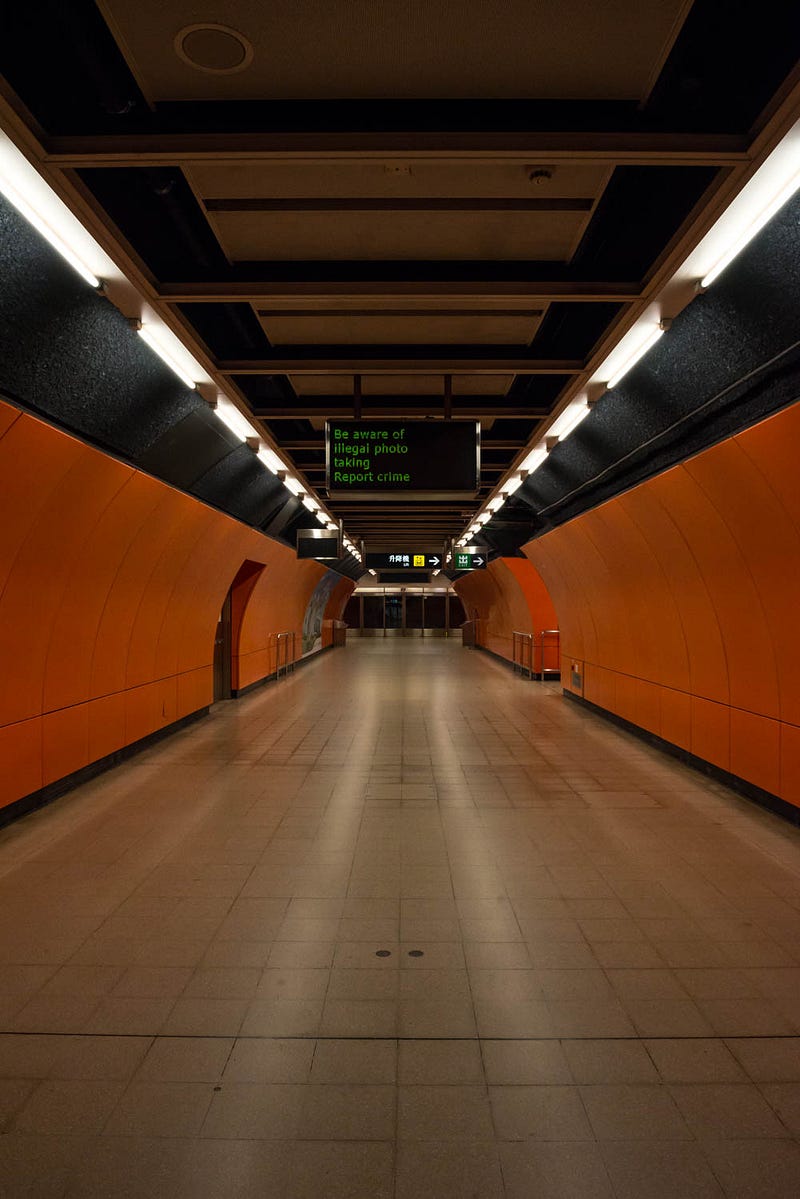
For me, this book has given me both insight and lots of questions concerning how and why non-places are what they are: simultaneously (possibly) democratic, open, soothing, safe–while being also always the very opposite of those. One needs to look no further than contemporary politics and rhetorics to see how these spaces were never intended (and cannot be upheld as) to be private, humble spaces but always an indistinct middle-ground of private, open, social and privatized concerns. With more spaces becoming these transitional types of spaces, we ought to look for how to connect people in meaningful ways, lest we want more old-style VR solitude on top of already hollow social spaces.